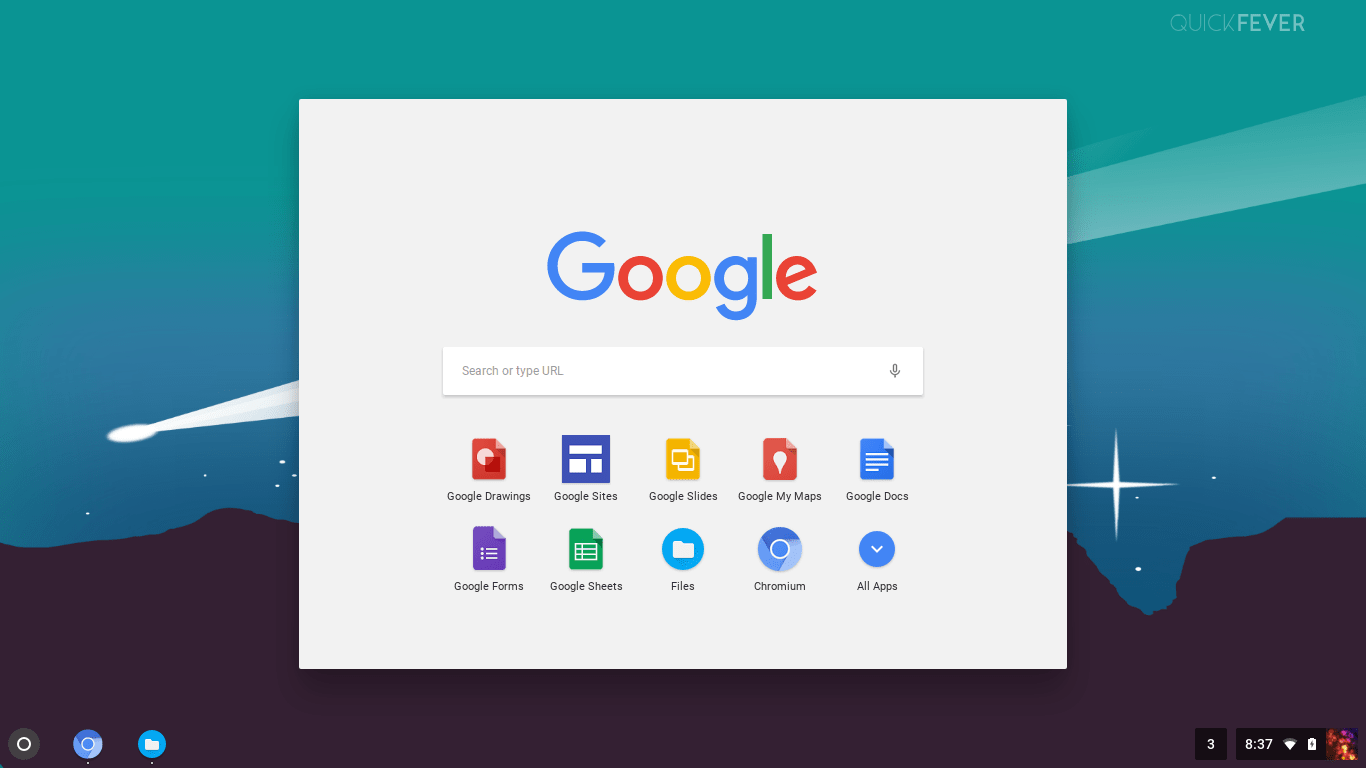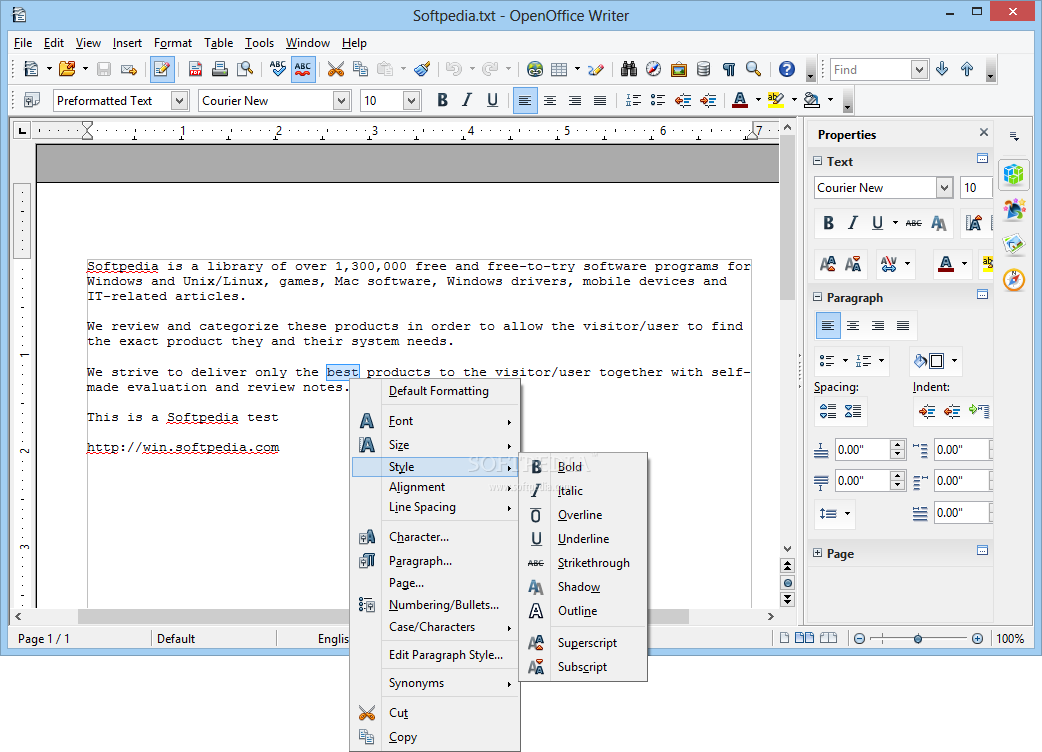

You do not need any system administrator rights for a single-user installation.

If the version number is identical to the version number of the to be installed, you must deinstall the old version before you can install the new one. This file contains the path and version number of an already installed.

sversionrc file in your Unix home directory or If you have already installed a previous version of, you should first check to see if this file exists: After successful completion of the installation, the temporary files will be automatically deleted. You will also need up to 40 MB of additional space for temporary files during installation. The directory into which is to be installed should have approximately 190 to 250 MB of free space, depending on the installation options you select. Since Unix systems are rarely ever restricted to a single specific user, using the supplied install script or using the Multi-User / Network installation method is strongly recommended. This type of installation should typically NOT be used on Unix / Linux systems. When installing as a single-user installation, log in to the system as that single specific user and install in any directory of your choice to which you have full access rights. The single-user installation is what you use to set up on one computer for one specific user only.


 0 kommentar(er)
0 kommentar(er)
